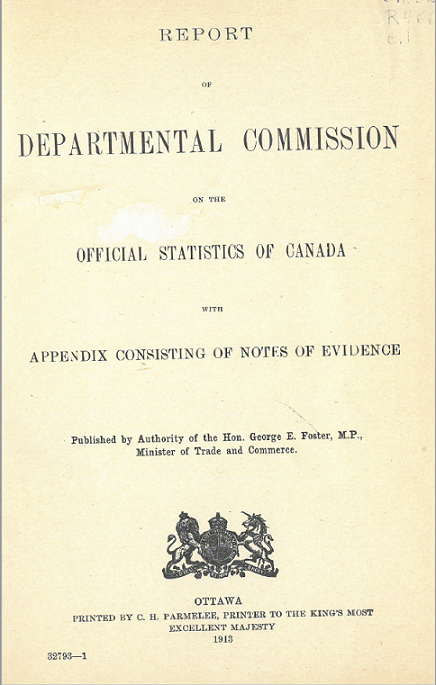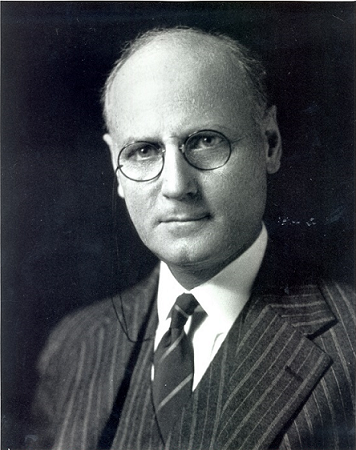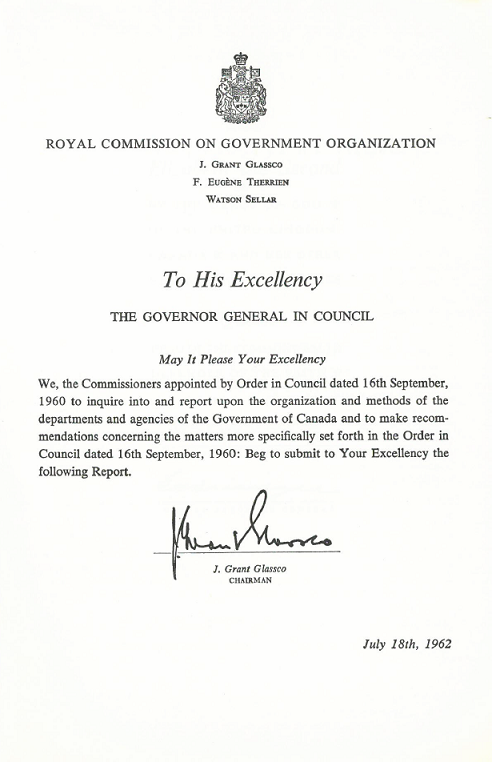A 100 years and more of statistics acts
Archived Content
Information identified as archived is provided for reference, research or recordkeeping purposes. It is not subject to the Government of Canada Web Standards and has not been altered or updated since it was archived. Please "contact us" to request a format other than those available.
Released: 2018-12-03
On December 12, 2017, the new Statistics Act received royal assent from Governor General Julie Payette. It now better defines the independence of Statistics Canada.
Amendments to the Statistics Act came after public debates and discussions on the role of Statistics Canada, which stemmed from activities and public reactions related to the 2011 Census. In 2011, the National Household Survey replaced the long-form census, and this issue made its way into the 2015 federal electoral campaign. Once the government formed its cabinet, it re-established the long-form census the following day, making this its first move. Further, the mandate letter of the Minister responsible for Statistics Canada included "…updat[ing] legislation governing Statistics Canada to reinforce the institution's independence." The work that led to the new Statistics Act began.
Amendments to the Statistics Act are rare. They usually follow public discussions and debates on democratic elements linked to statistical activities and major global events such as world wars. For example, the recent (2014) adoption of the Fundamental Principles of Official Statistics, combined with the growing impact of the data revolution, have played a role in changes to the Statistics Act. To mark the recent period, which could be labelled "Understanding professional and political roles in statistics," this article looks at some of the major forces and periods that formed the legal statistical landscape of Canada.
Pre-1840: Trying to account for resources
With Canada taking shape, it became increasingly important to understand its land, its people and their activities. Between 1666—the year that Jean Talon held the first census—and the 1840s, a number of acts were adopted to collect and produce information in what was New France, the British colonies, the Province of Quebec, Upper Canada, Lower Canada and the Province of Canada. In those days, there was no statistics office and statistical (or compiling) activities were not organized as they are today.
1840s and 1850s: Toward a responsible government
The Union Act of 1840 sparked much discussion and debate on what should be the roles and responsibilities of the government. Lafontaine and Baldwin were planting the seeds of responsible government, and part of such a system is for decision makers to have solid and current information. It was around that time that the 1847 Census and Statistics Act for the Ministry of Agriculture (which was responsible for this portfolio) was passed. This Act provided the means for the first official census in 1851.
The 1850s were an innovative period for census-taking throughout the world. The International Statistical Institute also organized a series of international meetings to try to overcome the various issues and to share good practices. Canada participated in these events. These two factors (responsible government and international best practices) led to a number of new laws and amendments to the Census and Statistics Act.
1905 to 1918: Building the information structure of the new country
In 1905, Alberta and Saskatchewan became provinces. Along with Manitoba, these provinces grew quickly, so legal provisions were made for conducting a census every five years within them. Following the Imperial Conference of 1911, which requested commonwealth colonies to produce more information on the economy and wealth of the country, the number of departments producing information and statistics began to increase at an unmanageable pace. The fact that Canada wanted to affirm its sovereignty during this period also contributed to this increase.
In 1912, discussions on centralizing the statistical function and entity began, resulting in a commission to analyze the situation. A report was then produced in 1913, from which some of the recommendations were implemented immediately, while others were delayed by the advent of the First World War. Nonetheless, Robert Hamilton Coats was appointed Dominion Statistician in the Department of Trade and Commerce in 1915. He had been a member of the commission and then became the driving force for the creation of the Dominion Bureau of Statistics under the Statistics Act of 1918 consolidating previous laws. The new office, under the helm of Coats, was now equipped to face the statistical demands of the times.
Post–Second World War: New context and new ways of working
When soldiers returned home after the Second World War, the structure of the economy and production had completely changed. To monitor such changes, enhanced and more current information was needed. The Statistics Act of 1948 promoted the creation of an "organized scheme of co-ordinated social and economic statistics," which led to the creation of modern national accounts. Further, this new act recognized the use of sampling. Coupled with a new local presence through regional offices, this sped up the production of statistics, particularly those on labour. As the population was growing rapidly, orders in council were issued in 1955 and 1965 to conduct "extra" censuses in 1956 and 1966.
1960 to 1971: Redefining the roles of government institutions
In 1960, the Royal Commission on Government Organization (also known as the Glassco Commission) was appointed. Among other things, it recommended that the Dominion Statistician should have more power to assess the statistical activities conducted in other departments. The rule of 10 was established as a result; if a department were to collect information from more than 10 respondents, the Dominion Bureau of Statistics would have the authority to screen that department's activities to avoid duplication.
In 1962, the Dominion Statistician was made responsible for administering the Corporations and Labour Union Returns Act. During that period, the Dominion Bureau of Statistics experienced huge growth that led to a major reorganization in 1967 and to the creation of Statistics Canada in 1971 under an act that required that departments avoid duplicating data collection. These changes had come out strongly in the commission report.
Conclusion
A number of issues not presented in this paper also led to changes. These changes include voluntary surveys with modifications to the Statistics Act in 1981 and access to census information with modifications to the Statistics Act in 2005. However, we have only discussed some of the main forces of change. Of these changes, what is most common is their presence in the public space. Statistical acts are not merely tools for data producers. They also constitute a response to concrete needs that follow the evolution of society.
References
Curtis, Bruce. (2001). The politics of population: state formation, statistics and the census of Canada, 1940-1875. University of Toronto Press Incorporated, Toronto.
Worton, David A. (1998). The Dominion Bureau of Statistics: a history of Canada's central statistics office and its antecedents, 1841-1972. McGill-Queen's University Press.
The author would like to thank Colleen Bolger and Hans-Olivier Laroche for their research and inputs to this article.
Contact information
For more information, or to enquire about the concepts, methods or data quality of this release, contact us (toll-free 1-800-263-1136; 514-283-8300; STATCAN.infostats-infostats.STATCAN@canada.ca) or Media Relations (613-951-4636; STATCAN.mediahotline-ligneinfomedias.STATCAN@canada.ca).
- Date modified:




